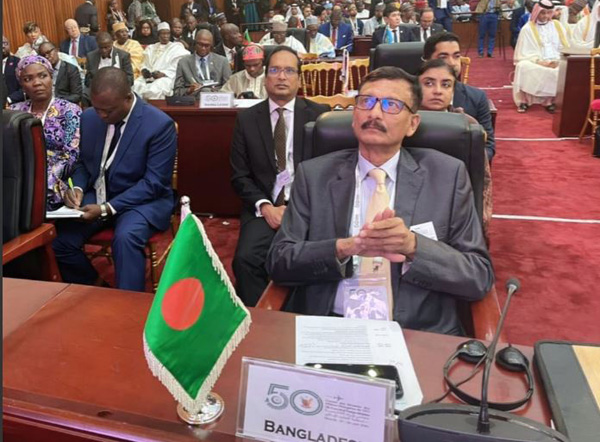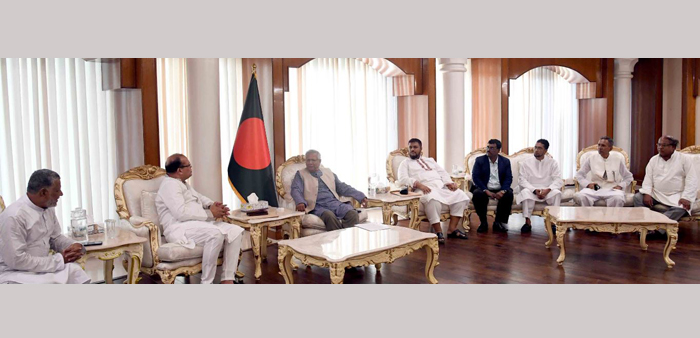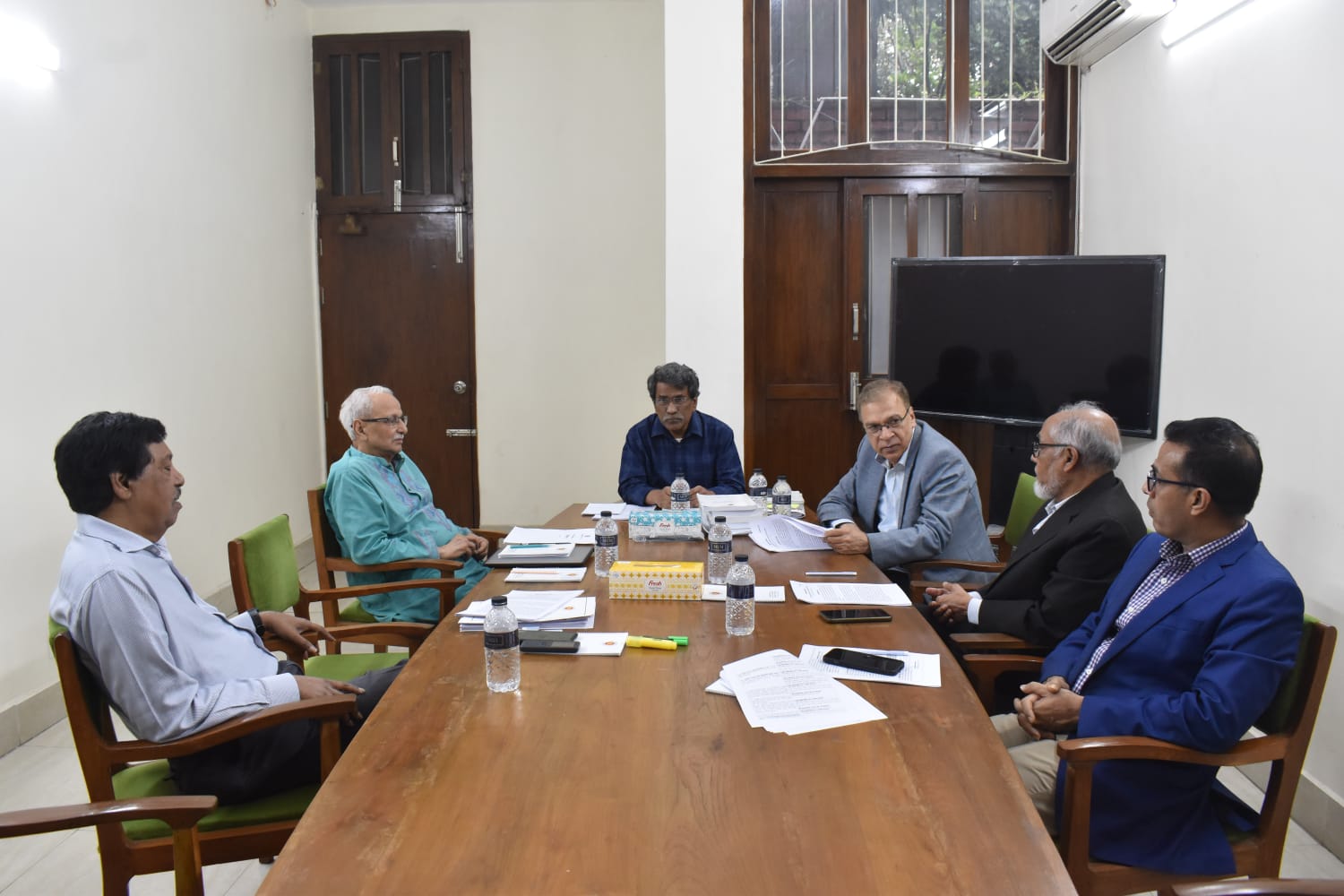
Online Desk: Since the transmogrification of India illegally occupied Kashmir from statehood to Union territories of Jammu-Kashmir and Ladakh, the IIOK is set to undergo general elections after 10 years. The polls will be held in three phases – September 18, September 25, and October 1. The counting of votes will take place on October 4 as announced by the Election Commission of India. While Indian media is portraying it as a success of democracy, and revival of normalcy in the territory compounded with the development of faith of the local people in the central government, one must not forget the political history of the region.
For instance, the last elections were held in 2014 when Modi’s BJP formed a coalition government with the People’s Democratic Party of Mehbooba Mufti. However, the allegiance didn’t last long and BJP pulled out in 2018. That same year, then Governor SatyaPal Malik of the territory dissolved the assemblies. In 2019, the President’s rule was imposed under Article 356 of the constitution.
This was followed by the abrogation of 370 and 35A, denuding the territory of statehood. Until now, the elections had been postponed by the Modi government on the pretext of security concerns in the region. It makes one wonder: if scrapping the special autonomous status of the territory was meant to bring normalcy to the area, then why have political processes been impeded for 10 years due to security concerns? Even, the decision to uphold elections now is directed by the Supreme Court’s verdict that bound the government to complete the process by Sep 30.
When this was not sufficient, the delimitation commission was formed to redraw the constituencies of Jammu and Kashmir. The 2022 report granted six additional seats to the Hindu majority Jammu, and one seat to the Muslim majority Kashmir in the Legislature comprising 90 seats. Consequently, the representation of Jammu increased to 43 percent while the representation of Kashmir remained at 47 percent.
However, according to the 2011 census, Kashmir Valley’s population was seven million and Jammu’s 5.3m. This was done deliberately to deprive Muslims of their political rights that act as the sole impediment to pervading the Hindutva ideology in the region. Even the appointment of IAS officer Girish Chandra Murmu as the first lieutenant governor of the Union Territory (UT) of Jammu and Kashmir was driven by political objectives. For instance, since Modi personally wanted to monitor the situation in the valley, he appointed one of his confidantes as the administrative head of the territory.








